Cultural axis -this "greatest north -south central axis" is determined to be the application project
Author:Central Discipline Inspection Time:2022.08.09
Li Yunshu, the website of the Central Commission for Discipline Inspection, reported that in 1272, the Yuan Dynasty built the capital in Beijing. Since then, although the dynasties have been changed several times, a central axis that runs north and south has been clearly visible. From the Zhonggu Tower to the south, passing through Wanning Bridge, Jingshan, Forbidden City, Taimiao, Tiananmen, Zhengyangmen, Yongdingmen ... This central axis of 7.8 kilometers is praised by architect Liang Sicheng as the longest in the world as the longest , Also the greatest North -South central axis ".

Drawing/Zhang Han
The central axis is the soul and backbone of Beijing, and the unique order of Beijing is created by the establishment of this central axis. On August 7, at the "Beijing History and Cultural City Protection Dialogue" in 2022, Li Qun, deputy minister of the Ministry of Culture and the Director of the State Administration of Cultural Relics, revealed that the party group of the State Administration of Cultural Heritage has recently studied and determined that "Beijing mid -axis" is recommended as my country. 2024 World Cultural Heritage Declaration Project.
The central axis of Beijing is both the axis of Beijing's space, but also the axis of cultural
More than 700 years ago, Kublai Khan set the capital to Beijing -Beijing, and centered on the northeast coast of Jishui Tan. The center axis was formed south to establish the position of Miyagi and started construction. Starting from the laid foundation of Yuan Dadu, the distribution of ups and downs or left and right symmetrical or left in Beijing is based on this central axis. The establishment, development, and strengthening of the central axis of the Yuan Dynasty, the Ming Dynasty, and the Qing Dynasty, and its respect for the order of the capital of the Zhou Dynasty three thousand years ago, clearly expressed the continuation of the Chinese civilization after thousands of years.
To this day, the pattern of gentle and open sides of the central axis is still there. Tiananmen, Tiantan, Bell and Drum Tower, these buildings are still the center of the city, decorating the magnificent sky outline of Beijing.
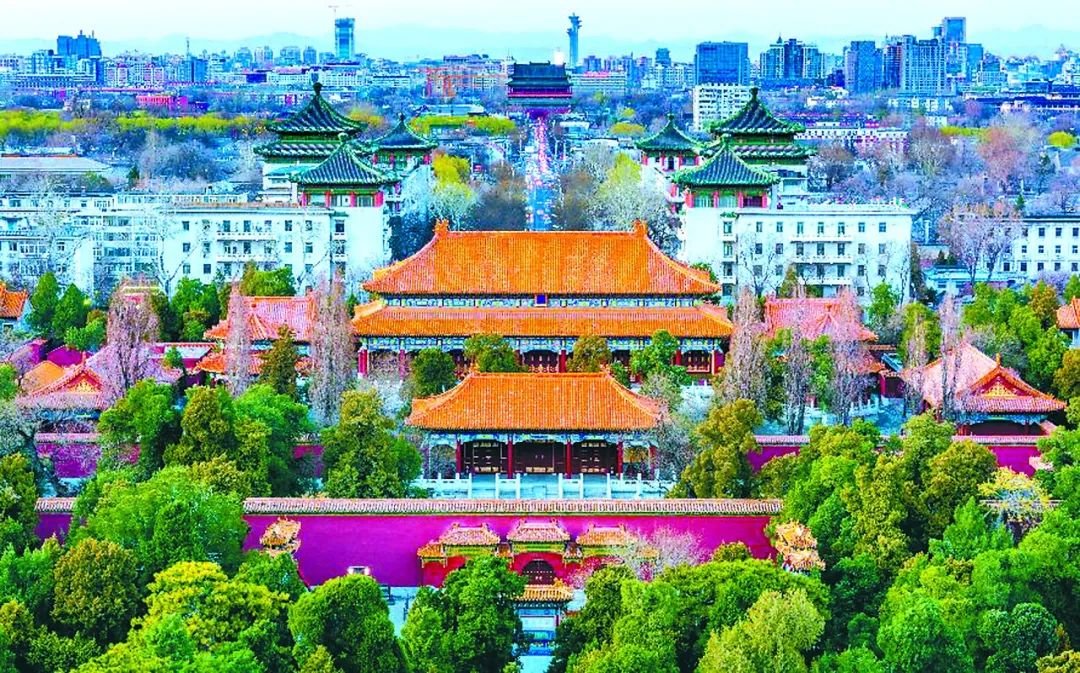
Beijing mid -axis city scenery skyline. (Picture source: Vision China)
As the most complete ancient urban axis in the world, the central axis of Beijing is not only the axis of the space of Beijing, but also the axis of culture.
"In this 7.8 -kilometer square space, the cultural style of ecology, economy, politics, culture, and society has been formed, which contains a moving culture and history created from ancient to the present working people. "President of the Chinese Cultural Relics Society, special researcher of the Central Literature and History Research Museum, and Director Shan Xiangxiang, director of the Academic Committee of the Palace Museum.
According to Lu Zhou, the head of the compilation team of the central axis, Lu Zhou, the head of the compilation team of the central axis and the director of the National Heritage Center of Tsinghua University, the Beijing central axis also reflects the diversity of Chinese traditional culture. He pointed out that heaven is dedicated to Haotian God, and the first farmhouse is worshiped with storms, famous mountains and rivers, river gods and gods, farmers, and old gods. Guanyin, Jingshan Wanchun Pavilion worshiped the Big Buddha of Pilu, reflects the tolerance of traditional Chinese culture.
The application of the application is being carried out the final modification translation work, which will be officially submitted before February 1, 2023
What is the latest progress of the central axis application? According to Lu Zhou, at present, the application of the application is being carried out the final modification and translation work. It will officially submit the UNESCO World Heritage Center before February 1, 2023.
In 2009, Beijing's central axis application began to advance. In June 2011, the cultural relics project of the Beijing central axis was officially launched, and a number of important cultural relic buildings such as Da Gao Xuan Hall, Beihai Wanfo Building and Niaofu Temple were repaired. In 2012, the central axis of Beijing was included in the "Chinese World Cultural Heritage Preparatory List", which determined that the total area of the core area of the Beijing central axis was 468.86 hectares, covering 60%of the Beijing old city area.
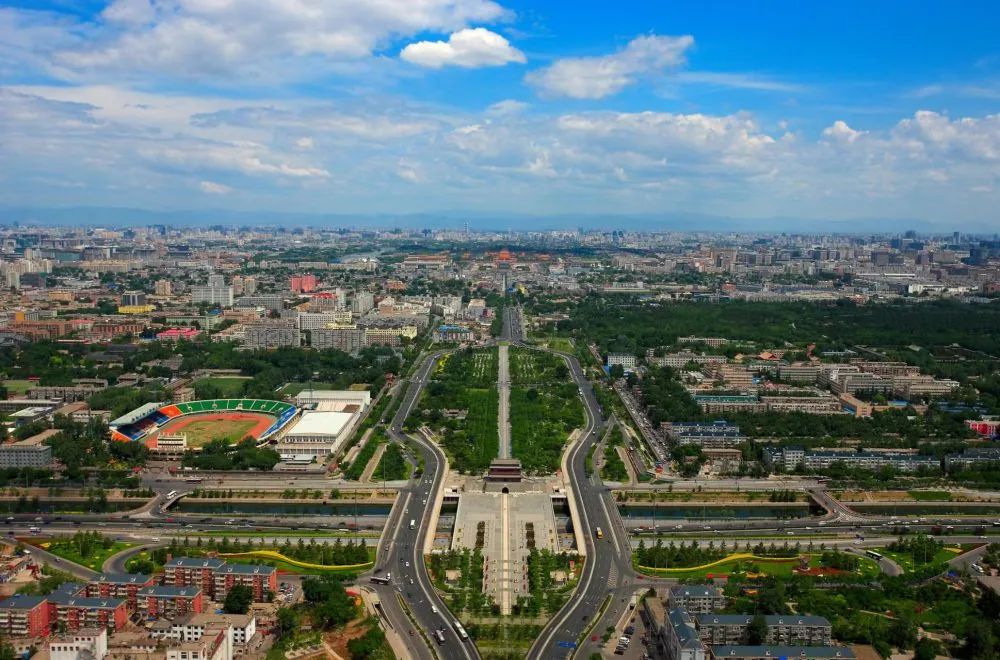
Beijing central axis panorama. (Picture source: Xinhua News Agency)
Legislation is an important part of the application of legacy. In May this year, the "Regulations on the Protection of the Central Cultural Heritage of Beijing" (hereinafter referred to as the "Regulations") was reviewed and approved by the Standing Committee of the Beijing People's Congress, and will be officially implemented from October 1. The "Regulations" clarify who protects the central axis of Beijing, how to protect the central axis of Beijing, how to make the central axis survive, and how the public participates in the central axis protection.
In June this year, Chen Mingjie, secretary of the party group and director of the Beijing Municipal Bureau of Cultural Relics, pointed out in an interview with the media that the Regulations have three outstanding characteristics-
Value first. The world cultural heritage particularly emphasizes the universal value, and the contribution of heritage to the civilization of the entire human beings. The "Regulations" summarized and refined the value of the central axis, solidified the results of this aspect, and reflected the latest archaeological results and content that can support the authenticity and integrity of value.
Overall protection. Overall, it means not only to protect cultural relics, but also to protect the environment around the cultural relics. This is also the most advanced concept of cultural relics. To this end, the relevant departments set the inheritance area and buffer, and put forward clear requirements in the Regulations for the overall protection. These regulations will undoubtedly promote the protection of Beijing historical and cultural cities, and provide strong support for the protection of the building complex and its peripheral environment.
The people first. In recent years, the declaration of world cultural heritage emphasizes the public participation of cultural heritage, and cultural heritage must benefit the people, and to protect and develop by the people. The third chapter of the "Regulations" is talking about public participation. It is necessary to focus on everyone's wisdom and participate in the protection of the middle axis cultural heritage.
With a number of key cultural relics and ancient buildings, the retreat and repairs restore the historical style, the axis of the culture is giving up a new vitality
As soon as Li Qiu passed, Zhengyangmen standing on the central axis was strong. Zhengyang Gate is the southernmost tip of Tiananmen Square on the central axis in the inner south gate of Beijing in the Ming and Qing Dynasties. In June of this year, after a year of repair, Beijing Zhengyangmen Arrow Tower faded off the enclosure and showed true appearance. Zhengyangmen. (Picture source: Vision China)
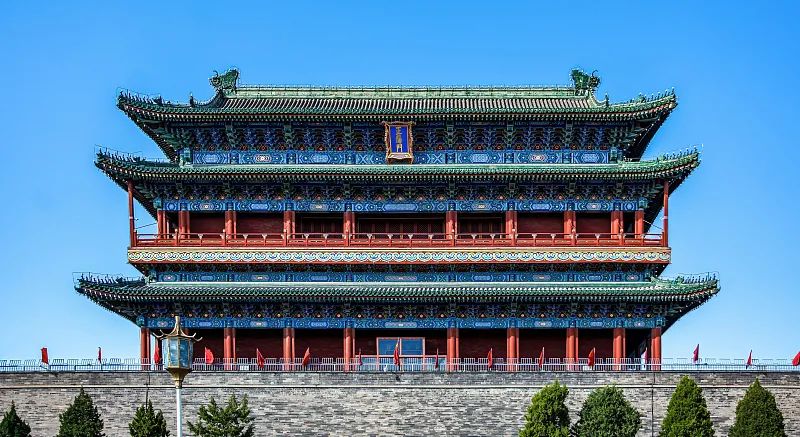
Ascend to overlook, about 3 kilometers south from Chengyang Gate, an open antique Royal Road extends to Yongding Gate, and the large trees on both sides are lined up vertically. The transparent green visual corridor between Yangmen and Yongdingmen.
Follow the south of Zhengyangmen, and the front door area on the east side of the central axis, there is a hidden "small river south" -the Sanlihe Park. Bishui, safflower, green walls, gray tiles ... The streets are turning here, the curvature is quiet, and in the narrow water system, many koi are swimming back and forth, both the charm of Jiangnan water village and the style of Beijing Hutong.
Sanlihe Park. (Picture source: Vision China)
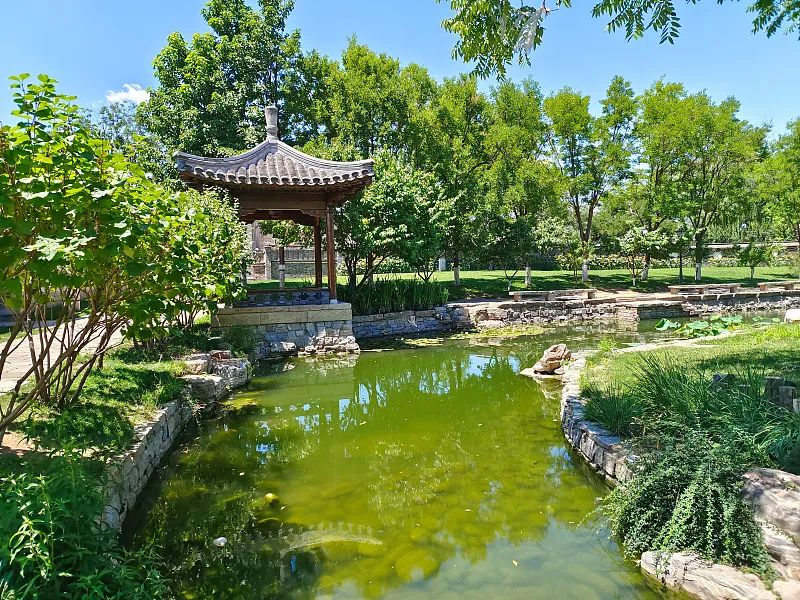
The Sanli River is the Rulu River in the Laoshuang River. It was formed in 1437, and the river channel was vertical and horizontal. In "History of the Ming Dynasty", there are special records that residents live along the river, and the opera buildings and halls are staggered. But in the end of the Qing Dynasty, with the increase in population and the formation of new flood discharge channels, the Sanli River was gradually filled and eventually disappeared.
In August 2016, Beijing launched the Sanli River Greening Landscape Project. It was restored according to the location and direction of the historical river, so that the Sanli River was reflected in the world.
The central axis application for the legacy allows the old Beijing to rejuvenate. Slowly walk along the axis of this culture, as if you can touch the city's soul line and lifestyle.
The application has evoked the people's attention to traditional culture and the consciousness and responsibility of the protection of cultural relics
After the Beijing central axis is included in the list of Chinese world cultural heritage preparations, some people have doubts about this: Beijing is the only city in the world that has 7 world heritage. The axis still needs to be applied?
Summer Palace. (Picture source: Vision China)
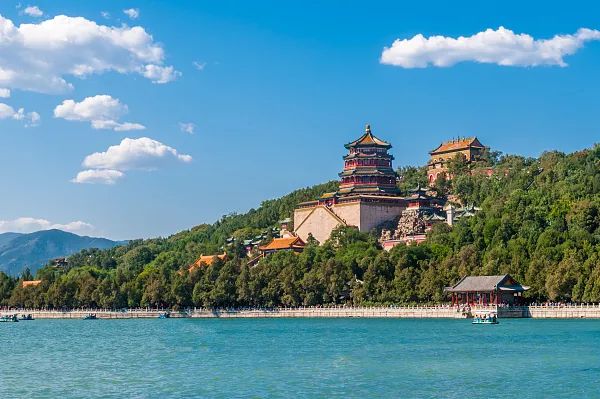
"In the process of applying for the legacy, we examined the 7.8 kilometers of the Beijing central axis compared with the standards of World Heritage Protection, and found some problems: for example, the Forbidden City only talked about the Forbidden City, the altar of heaven only talked about the heaven, the bell and drum tower, the Taimiao, etc. There is no decent exhibition for society. Among the currently -applied texts, the entire central axis has determined multiple core heritage points, but the value display of these core heritage points is not complete, and the overall 7.8 kilometers of the central axis is complete. The explanation and exhibition of inheritance value. "Yu Ping, a consultant of the Beijing Municipal Government and an expert in cultural heritage, told reporters.
For example, in the case of the interdependence of the inheritance, the audience walked into the Forbidden City and could see the exhibition introduction of the royal building complex and the value of the Forbidden City's own heritage. Important contributions are not enough. Facing the same problem, there are also Temple of Temple. It only focuses on emphasizing that it is an ancient sacrifice building and its sacrifice function, and ignore the introduction of the site selection and sacrifice etiquette of the Temple of Heaven. "The empirical evidence of the traditional Chinese capital planning and sacrifice etiquette is an important core heritage point on the central axis, and so on.
Heaven -in ancient times to sacrifice the place where Huangtian and pray for the five valleys. (Information picture)

In order to better protect the utilization, to sum up successful experience, learn from international ideas, improve the long -term mechanism, carefully guard the cultural heritage left by the ancestors, and make the historical context better inherit. In Lu Zhou's view, the central axis of 7.8 kilometers is a system, which contains a lot of content, and should tell a story together.
"Beijing's central axis reflects the cultural identity between the ethnic groups on this land. The regimes of the Yuan, Ming and Qing dynasties have continued to develop on the central axis. The central axis is a particularly rich carrier that can tell why our nations are united together because we have common beliefs and cultural norms.
The Capital Museum is holding the "Beijing Middle Axis -the Masterpiece of the Original City of China" in Yongdingmen Park. The picture shows a scene of the preface hall. The giant screen that is refined to the eye shows the picture of the rotation of the sun and shadow. In the interpretation of the abstract starry sky and time and space, the word "middle" gradually emerges. (Information picture)
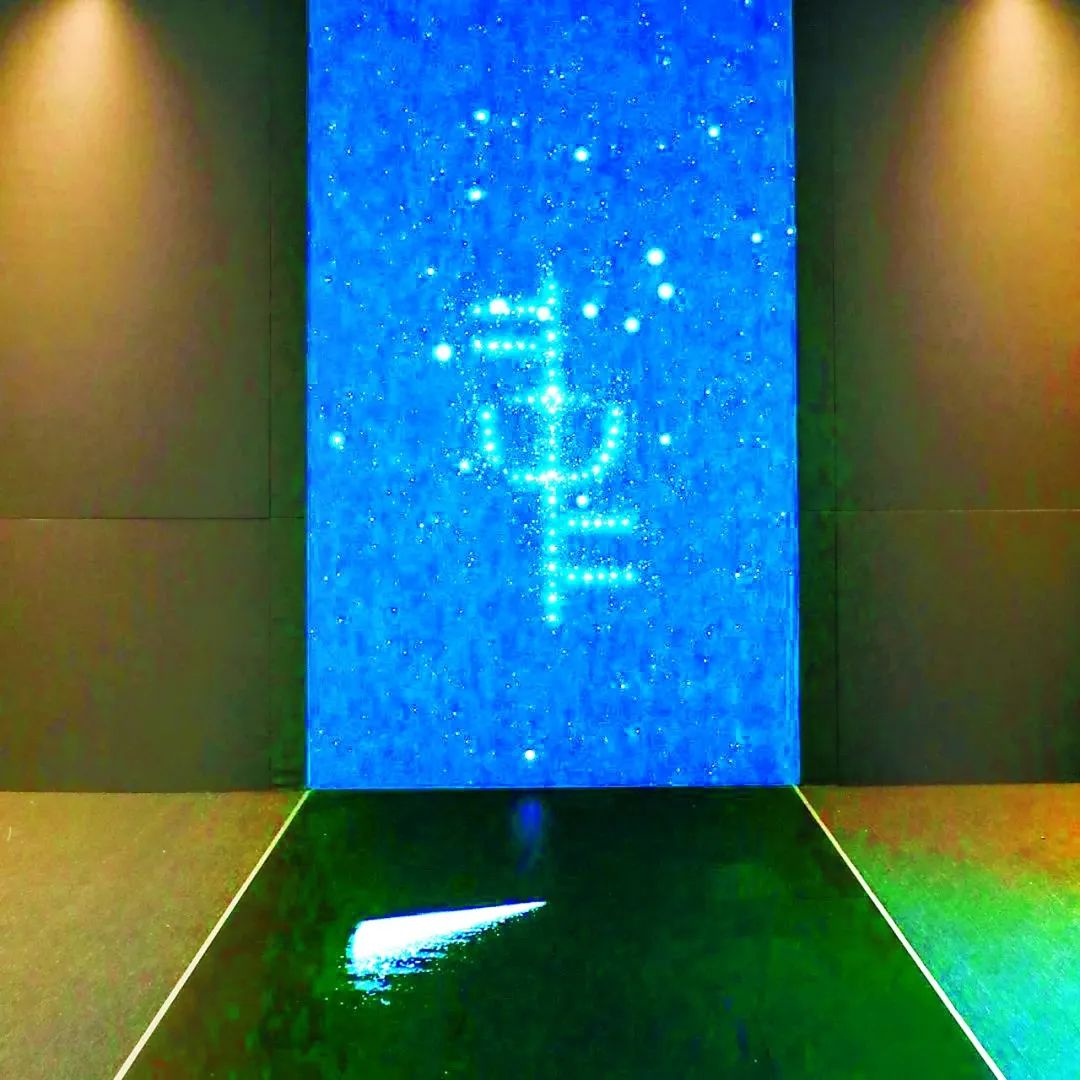
"Shen Zhen evoked the people's attention to traditional culture and the consciousness of the protection of cultural relics. Everyone has the responsibility to protect and inherit it." Wang Binglin, a professor at the Marxist College of Marxist University of Beijing Normal University, believes that the process of applying for the application is also to show the world to the world. The process of Oriental cultural charm, "The middle axis shows the tradition of the unity of Chinese culture and people. Through the communication with the world, we can also be more confident to connect history, reality, and future."
Click "Read the original text" below to view the full version content
Edit: Wu Yuxuan
- END -
Fujian Pinghai Police Station launched home propaganda activities

In order to continue to deepen the effectiveness of anti -crime and eliminating ev...